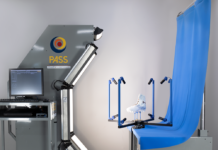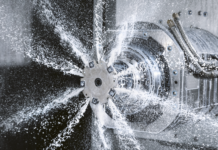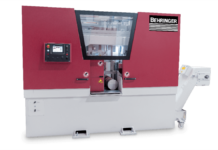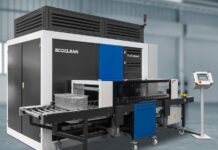As manufacturers consider how rapid advancements in technology and new machinery might benefit their businesses, they should also factor upcoming lease accounting changes into their equipment acquisition strategies.
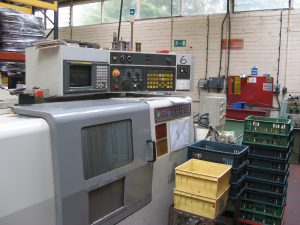 Recent changes to accounting regulations require that a portion of operating leases appear on every business balance sheet. Initially, some observers thought the new accounting rules might threaten revenue or profitability. In reality, the final rules impose less stringency than anticipated, and the benefits of leasing remain strong. Industrial and manufacturing businesses account for five percent of new equipment financing business volume in the United States, according to the 2018 Survey of Equipment Finance Activity. In sum, “business as usual” has shifted – but only slightly, and mainly from an accounting perspective.
Recent changes to accounting regulations require that a portion of operating leases appear on every business balance sheet. Initially, some observers thought the new accounting rules might threaten revenue or profitability. In reality, the final rules impose less stringency than anticipated, and the benefits of leasing remain strong. Industrial and manufacturing businesses account for five percent of new equipment financing business volume in the United States, according to the 2018 Survey of Equipment Finance Activity. In sum, “business as usual” has shifted – but only slightly, and mainly from an accounting perspective.
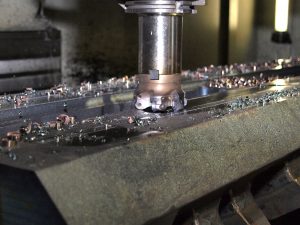 These new rules, released in 2016 by the U.S. Financial Accounting Standards Board, take effect for public companies this December, and for private companies the following December.
These new rules, released in 2016 by the U.S. Financial Accounting Standards Board, take effect for public companies this December, and for private companies the following December.
Changes in Operating Leases
First, it’s important to know that the overall impact to changes in operating leases will be nominal for businesses. Compared to the accounting treatment of a traditional loan or purchase transaction, leasing is still a prudent equipment acquisition strategy:
- An asset value is booked equal to the present value of rental/lease payments as “right- of-use” (ROU), and an offsetting liability entered as “obligation to pay.”
- Because the liability is considered non-debt (other debt), it may not jeopardize debt-limit covenants.
- Operating leases are residual- based structures. Consequently, the asset and liability recorded will likely be less than the cost of the asset. The result is a lower on-book balance than financing with a traditional loan.
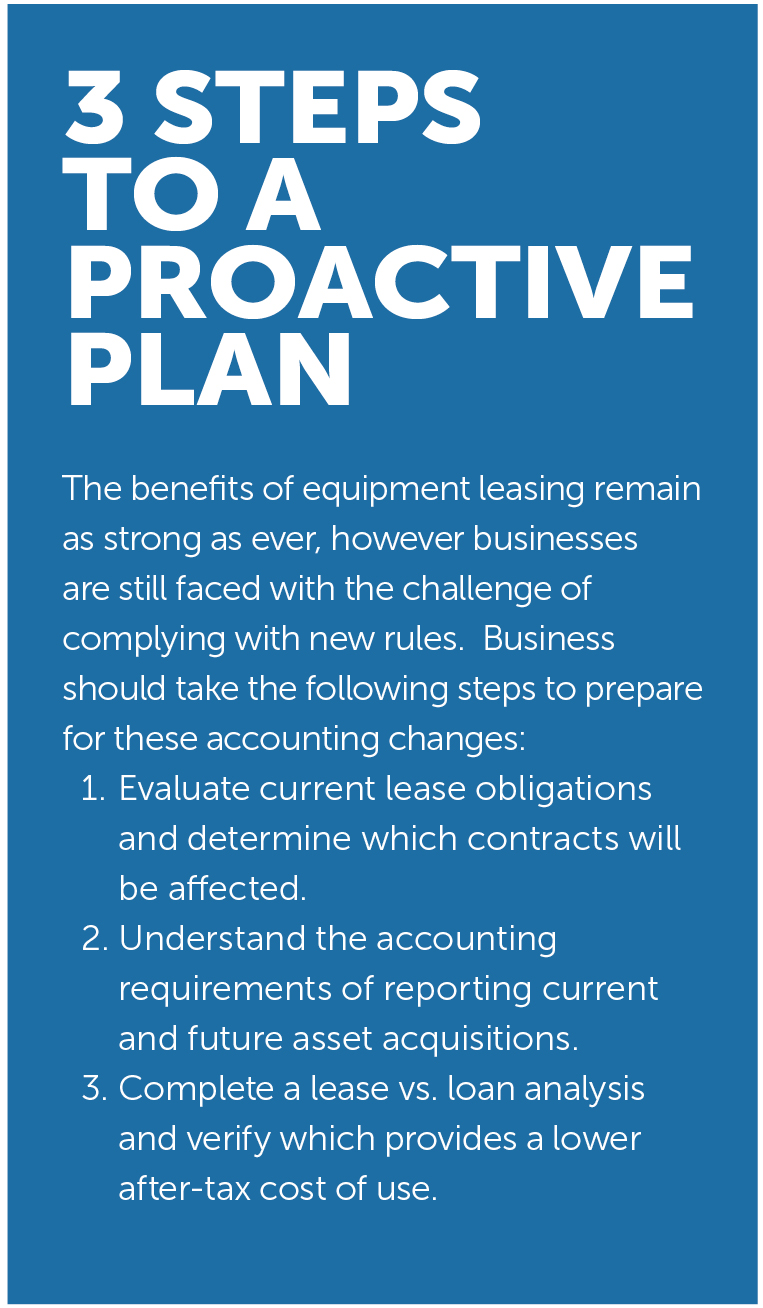 The Good News
The Good News
While any changes to how leases are accounted for may seem overwhelming and confusing, the final guidelines are much less impactful than many options originally proposed. Listed below are some answers to frequently asked questions:
“I’m paid a bonus based on our return on assets (ROA), so we might as well just secure a loan and borrow the money to acquire our equipment.”
Assets on an operating lease will be booked on the balance sheet now, resulting in a straight-line expense on the income statement. Therefore, when compared to a loan, a lease yields better earnings benefits, especially in the initial years of its term.
“I have a great credit rating. What happens if I capitalize operating leases on my balance sheet?”
Most bank lenders and credit analysts already take footnoted operating lease obligations into account when assessing debt and liquidity ratios.
“If leases appear on my balance sheet, won’t I violate debt limitation covenants from other loan contracts?”
According to FASB and the Uniform Commercial Code (UCC), an operating lease is not a debt. Operating lease liabilities will now be listed in a non-debt category, such as “Other Liabilities.”
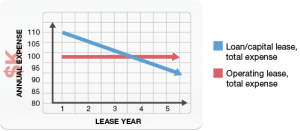 Net Benefits of Equipment Leasing
Net Benefits of Equipment Leasing
While the new guidelines indeed incur some changes to accounting practices as outlined above, it’s important to recognize the role they play in any equipment acquisition strategy. Leasing continues to be a judicious business decision, offering a host of advantages that remain unchanged. Here’s a breakdown of the benefits of financing:
- Alternative capital source
- Preservation of cash and lines of credit
- Fixed rate vs. a floating rate revolving line of credit Cash flow savings
- 100% financing
- Financing for training and installation costs
- Skip or seasonal payments
- Lower monthly payments with flexible end of lease options
- Tax advantages
- Lease payments considered an expense on your income tax return
- Unusable MACRS benefits may be traded for lower payments
- Flexibility
- Payment/lease structures to fit varying business needs
- Simplified add-ons/upgrades
- Reduced obsolescence risk
Trust, Expertise and Reliability
To transition successfully to a new era of lease accounting rules, manufacturers should start by seeking counsel from both their internal financial team and outside accounting professionals who should be exceptionally well informed and experienced. Next, confer with a trusted equipment leasing specialist able to provide guidance and industry expertise on every aspect of equipment leasing. These actions will allow manufacturers to acquire the equipment they need to confidently pursue their business goals.
Toni Larson is the senior vice president of industrial equipment for Key Equipment Finance. You can reach her at toni.larson@key.com.

